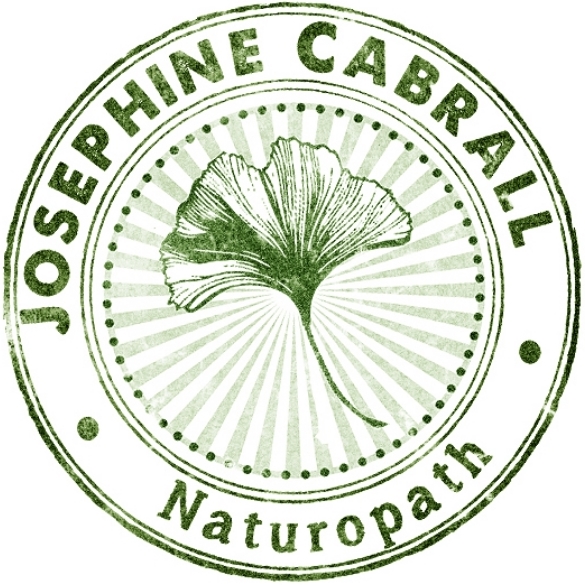So you’ve been diagnosed with polycystic ovarian syndrome.
Confused? I was. You may have been told it’s about cysts, excess male hormones or lack of ovulation. All you really know is that something is not right. It might be showing up for you as acne that persists well beyond your teenage years, excess hair on your belly, chin and upper lip, irregular periods, weight gain, or maybe you’ve decided it’s finally time to have a baby and the pregnancy test is negative time after time...
The PCOS cycle
So what does this seemingly random collection of symptoms mean? What is actually going on inside your body?
Meet the players
Let’s meet the characters in this story:
1. Androgens. Androgens are hormones, including testosterone, that are responsible for male characteristics. They are normally produced in females in small amounts but in polycystic ovarian syndrome (PCOS) there are excess androgens, which may lead to acne, male-pattern hair loss and excess hair growth in places such as the chin, abdomen, back, chest and groin. Androgens are good guys but too many of them creates major problems.
2. Sex hormone binding globulin (SHBG). This hormone binds a large percentage of the testosterone in our blood stream, making it inactive. If we have too little, then we have more free testosterone and more of the above symptoms.
3. Luteinising hormone (LH). A surge of LH is responsible for making us ovulate mid-cycle but, with PCOS, high LH pulses tend to be sent out throughout the cycle. These constant pulses stimulate excess ovaries to make too much testosterone.
4. Follicle stimulating hormone (FSH). In PCOS, there is often inadequate FSH compared to LH. This makes it harder to grow a mature egg and ovulate.
5. Insulin. Insulin is the hormone released by your pancreas in response to glucose (sugar) in your blood stream. It tells your cells to take in the glucose and use it for energy. When we have a high sugar/high carb diet our pancreas has to pump out lots of insulin and our cells start to pay less attention to it (known as insulin resistance). It’s like a knock on the door that doesn’t get answered. But the sugar is still there. So our pancreas sends out more insulin. Insulin tells our ovaries to make testosterone. It also stimulates LH production and decreases SHBG. So you can see, insulin is a major villain when it comes to PCOS.
6. Estrogen. In PCOS, excess testosterone is converted to estrogens, which inhibit FSH, perpetuating the cycle.
7. Progesterone. Progesterone is secreted by a temporary gland in our ovaries, created by ovulation. Therefore if we do not ovulate, we do not produce adequate progesterone. Progesterone has many beneficial effects. When we do not have enough we experience, PMS, acne and anxiety.
But I thought PCOS was caused by cysts
Your ovaries will have a bumpy appearance if you have not ovulated that month. The bumps are actually immature follicles (little pockets of fluid, where our eggs grow). Having polycystic ovaries does not mean that your ovaries are being attacked by cysts. It simply means that your body has tried to grow too many eggs at the same time, which makes it harder to ovulate.
What can I do about it?
So, now you that know what’s going on in your body what do you do about it? Well, it’s important to remember that your body and your hormones are not your enemy. Everything is happening for a reason and really all your body wants to do is get back to optimal balance and function. There are a range of herbs, nutrients, foods and lifestyle changes that can assist this and a naturopath can guide you as to the best treatments for your individual situation.
All the best on your health journey,
Josephine
Josephine Cabrall is a Melbourne-based online naturopath with a special interest in PCOS. See Josephine for a consult.

